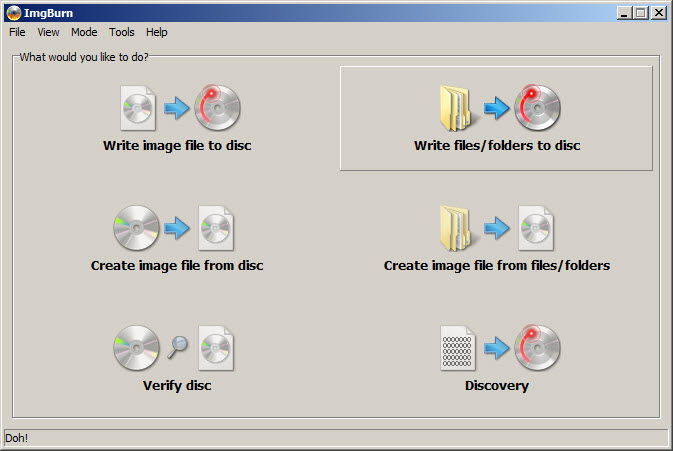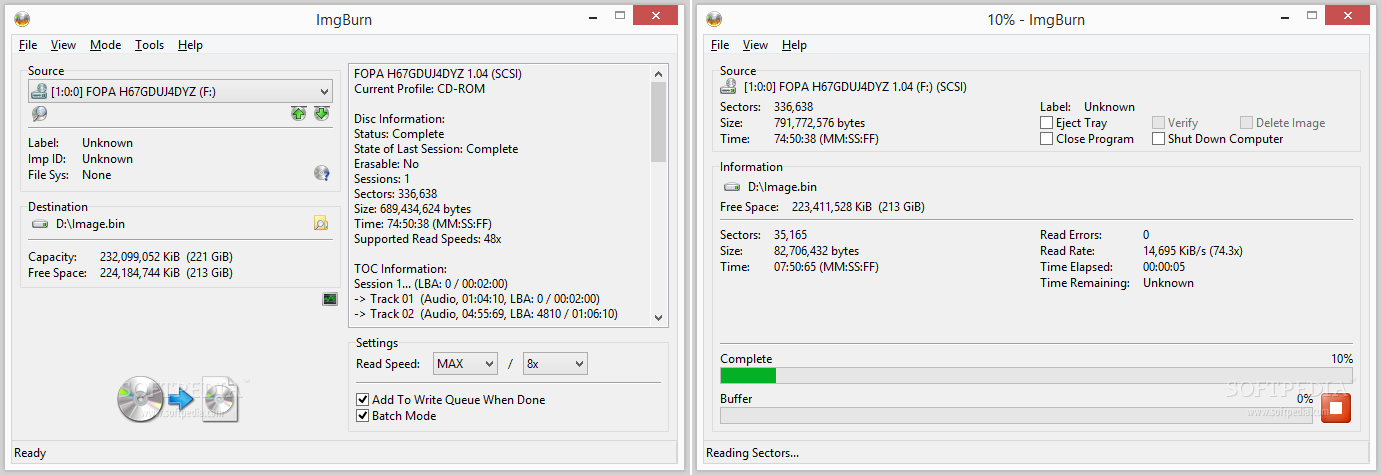

As a general guide, under 700MB is a CD-R, up to 4.3GB is single layer DVD-R, and dual layer DVDs are up to 8.5GB.

Larger discs (typically over 700MB) will need to be written to DVD media. there are several different kinds, but the most popular are cd-r. Select and install your writable media (disc).

There are numerous options, but we’re only concerned with the “Write image file to disc” option at this point.ģ. Be careful not to install any extra added programs included with the install!Ģ. An ISO file to burn (typically an operating system installation CD or DVD downloaded from Microsoft Volume Licensing) The file extension will be. Creating Live CDs for demoing products (commonly used for trying out Linux Operating System builds).

Creating rescue CDs for troubleshooting your system. Creating bootable media to install Operating Systems (like Windows). This is especially useful for install Operating Systems,updating hardware firmware that can’t be installed while your operating system is running, and running virus or system scans (none of the operating system files are locked if the OS not running).Ĭases where burning a disc image to a physical CD or DVD is crucial: There are additional types of image files, but the ISO format is by far the most widely accepted and used.Īlthough disc image files can hold any data, they’re most useful for being able to include a boot sector to a disc allowing you to boot your computer to it. The more common reasons are creating a boot cd that can be used for installing Operating Systems updating hardware firmware, or troubleshooting a system with an Operating System agnostic software environment (think Hiren’s boot CD, Ultimate Boot CD, etc.) I will also cover how to create a bootable USB drive in later sections. There are many reasons you may need to download and burn an ISO file to a cd.


 0 kommentar(er)
0 kommentar(er)
